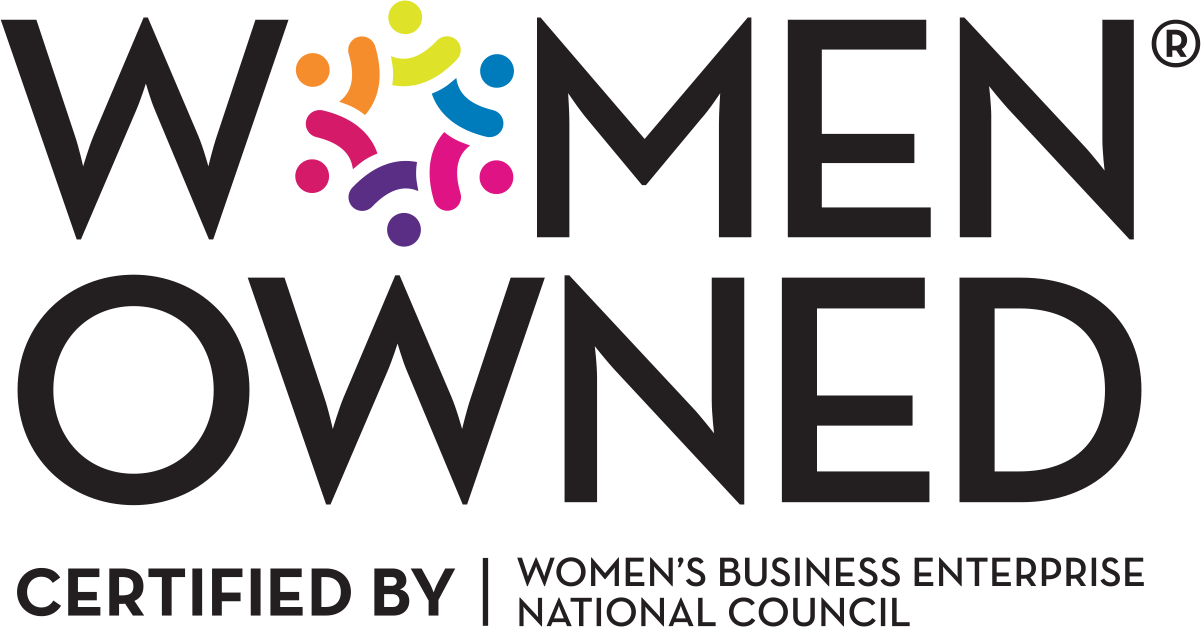Color is one of the most powerful of nonverbal forms of communication that designers can use to evoke emotional experiences in consumers. Ads in color are read up to 42 percent more often. Furthermore, most people will make up their minds about a product within 60 seconds — and 90 percent of judgment is subconsciously based on color alone.
The use of color choices and parings can affect how consumers perceive a logo, ad, website or product on a grocery store shelf. No brand tool is more powerful than color. Color can change a brand’s logo into an emotional experience, thereby changing buying habits. In fact, 85 percent of consumers say that color is the primary reason they buy a product.
The use of color also can attract different shoppers and change buying habits. Impulse buyers are triggered by red, orange, black or royal blue, while smart buyers are drawn to teal, pink and light blue. The most popular brand colors are blue, black, red, green, yellow and orange. Think about your favorite brands. How many of them incorporate these colors?
How Colors Affect Consumers
One of the most important factors of a brand is how it makes you feel on first impression (and after). Brands accomplish this with both design and their choice and use of color.
- Blue is preferred by males and promotes trust and loyalty in a brand. It’s a common color for corporate, technology and financial companies because it inspires confidence. Restaurants and consumer packaged goods (CPG) companies are less likely to use blue in their branding because it suppresses the appetite.
- Black is classic; it represents strength and power while denoting elegance and expense. Black also oozes mystery, drama and sophistication.
- Red is associated with passion and energy, and it draws immediate focus. Red is known to raise people’s blood pressure and is an appetite stimulator.
- Green is the color of nature, freshness, growth, healing and new beginnings. While lighter shades of green are more calming, dark greens relate to money and banking or wealth, so don’t be surprised if your bank uses green in its logo and branding.
- Yellow is attention-grabbing (think of taxis and road signs). It’s the go-to color for positivity, happiness and warmth. It implies cheerfulness and encourages communication. However, men may perceive yellow as childish, so you probably won’t see it used with brands that cater to males.
- Orange is less energetic and passionate than red, but it still provokes excitement and represents confidence, warmth and joy. Orange also promotes happiness.
How do your favorite brands effectively use color to engage and inspire you? Comment below!


Recent Comments